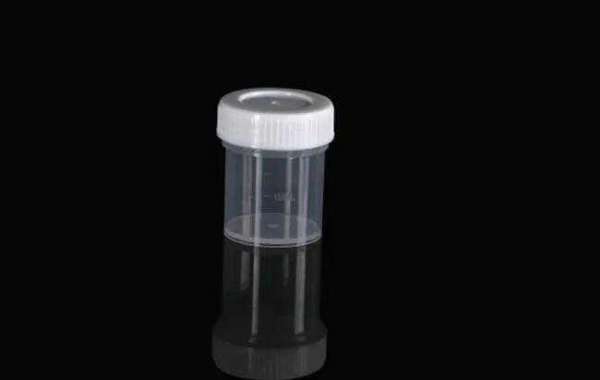If you are interested in related knowledge about Specimen Bottle, please read on.
Cultured cells:
A. Animal cells: Dilute the cell suspension with PBS with pH 7.2-7.4 to make the cell concentration reach about 1 million/ml. Through repeated freezing and thawing (if repeated freezing and thawing, the breaking effect is not good, use ultrasonic breaking) to destroy the cells and release the intracellular components. Centrifuge at 2-8°C for about 20 minutes (2000-3000 rpm). Collect the supernatant carefully. If precipitation forms during storage, centrifuge again.
B. Plant cells: Dilute the cell suspension with PBS with pH 7.2-7.4 to make the cell concentration reach about 1 million/ml, place it on the ice box, use an ultrasonic breaker, set the break for 2s, and cool for 30s to fully break Cells to destroy cells and release their intracellular components. Centrifuge at 2-8°C for about 20 minutes (2000-3000 rpm). Collect the supernatant carefully. If precipitation forms during storage, centrifuge again.
C. Cells of the tissue After cutting the specimen, weigh 1g of the tissue, add 9g of PBS with a pH of about 7.2-7.4, and homogenize the specimen by hand or a homogenizer. Centrifuge at 2-8°C for about 20 minutes (2000-3000 rpm), remove the supernatant, and carefully wash the precipitated cells three times with PBS with a pH of about 7.2-7.4. Then use the above-mentioned cell disruption method to disrupt the cells.
Precautions for sample collection:
1. The samples containing NaN3 cannot be detected because NaN3 inhibits the activity of horseradish peroxidase (HRP).
2. Perform the experiment as soon as possible after the specimen is collected. If the test cannot be performed immediately, the specimen can be stored at -20°C, but repeated freezing and thawing should be avoided.
3. What we have listed are general sample processing methods, which cannot cover various samples. For some special samples, it is recommended that experimenters refer to published literature and design their own reasonable sample processing methods.
If you want to know more, you can click here: Sampling Vials.







